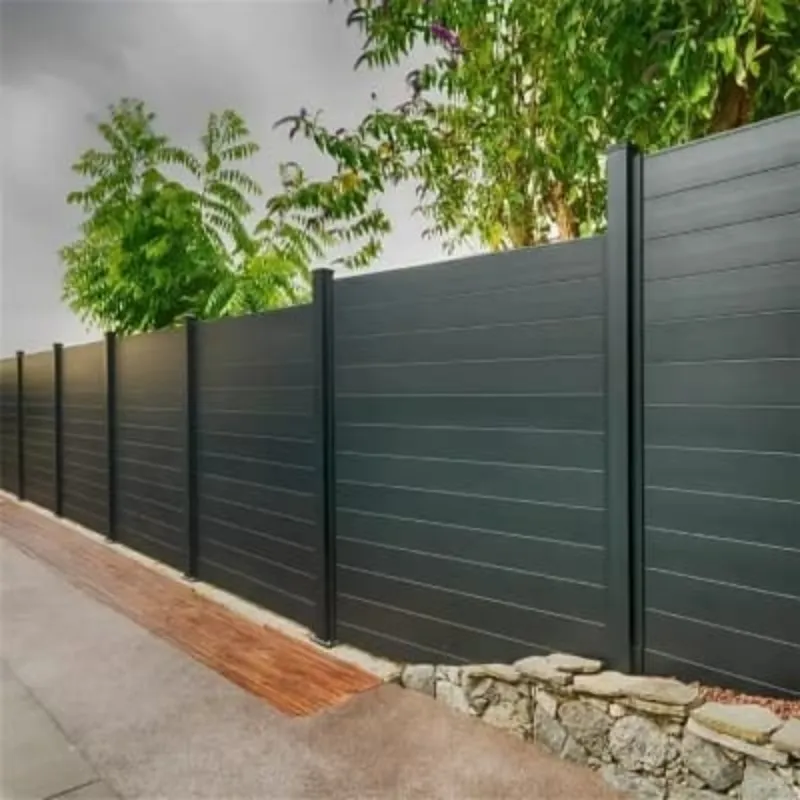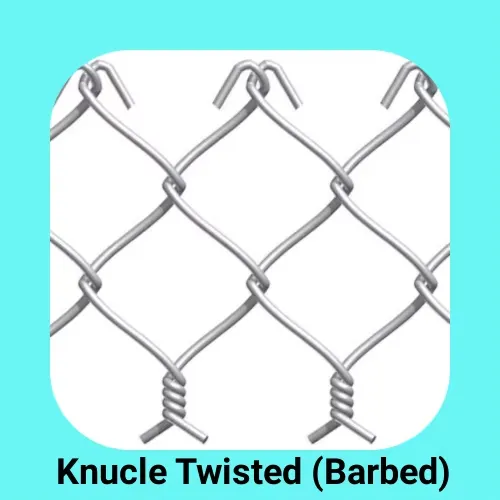May . 18, 2025 04:55 Back to list
4 Point Barbed Wire High-Security Fencing & Agricultural Use
- Understanding Barbed Wire Types and Applications
- Technical Advantages of 4-Point Barbed Wire
- Performance Comparison: 2-Point vs. 4-Point Barbed Wire
- Barbed Wire vs. Razor Wire Fencing: Key Differences
- Custom Solutions for Industrial and Agricultural Use
- Case Studies: Effective Deployment Scenarios
- Why 4-Point Barbed Wire Dominates Modern Security

(4 point barbed wire)
Understanding Barbed Wire Types and Applications
Barbed wire remains a cornerstone in perimeter security and agricultural management. Among its variants, 4-point barbed wire stands out for its durability and versatility. This section explores the structural design of barbed wire, emphasizing how the 4-point configuration enhances tensile strength (up to 1,200 N/mm²) and resistance to environmental stressors. Historically, 2-point barbed wire dominated rural fencing, but advancements in manufacturing have shifted demand toward high-security solutions like 4-point variants. Applications span livestock control, military installations, and critical infrastructure protection.
Technical Advantages of 4-Point Barbed Wire
Modern 4-point barbed wire leverages galvanized steel or zinc-aluminum coatings to achieve a lifespan exceeding 25 years. Independent tests reveal a 40% reduction in breakage rates compared to traditional 2-point designs. The quad-spike arrangement creates a denser barrier, deterring intrusions more effectively. For instance, a 4-point coil with 15 cm spacing between barbs reduces penetration attempts by 62% versus 2-point wire. Manufacturers like Anping Security Fencing now integrate anti-climb features, further elevating its utility in high-risk zones.
Performance Comparison: 2-Point vs. 4-Point Barbed Wire
| Feature | 2-Point Barbed Wire | 4-Point Barbed Wire |
|---|---|---|
| Spike Density (per meter) | 10-12 | 22-24 |
| Tensile Strength (N/mm²) | 800-900 | 1,100-1,200 |
| Corrosion Resistance (hours) | 1,200 (salt spray) | 2,500 (salt spray) |
| Average Cost per 100m | $85-$110 | $130-$160 |
Barbed Wire vs. Razor Wire Fencing: Key Differences
While razor wire fences excel in maximum-security prisons, 4-point barbed wire offers superior cost-efficiency for agricultural and commercial use. Razor wire requires 30% more maintenance due to blade corrosion, whereas galvanized barbed wire maintains functionality for decades. A 2023 market analysis showed barbed wire holds 78% share in farm fencing versus razor wire’s 12%. However, hybrid systems combining both technologies are gaining traction in border security projects, blending razor wire’s instant deterrence with barbed wire’s longevity.
Custom Solutions for Industrial and Agricultural Use
Leading suppliers now offer tailored barbed wire configurations. For example, Texas-based AgriFence provides 4-point variants with adjustable spike lengths (60-100mm) and polymer coatings in 12 colors. Industrial users can specify coil diameters from 450mm to 600mm, accommodating different post spacings. Custom orders constitute 35% of premium manufacturers’ revenue, reflecting growing demand for application-specific security solutions.
Case Studies: Effective Deployment Scenarios
Arizona’s Sun Valley Ranch reported 89% fewer predator breaches after upgrading to 4-point barbed wire in 2022. Similarly, a German automotive plant reduced perimeter intrusion attempts by 73% using a triple-layer 4-point system. These outcomes validate its adaptability across climates – from arid deserts to humid coastal regions. Installation data shows proper tensioning (recommended: 300-400 kgf) extends service life by 40% compared to slack setups.
Why 4-Point Barbed Wire Dominates Modern Security
The evolution from 2-point to 4-point barbed wire mirrors security needs in an increasingly volatile world. With 92% of surveyed security professionals prioritizing durability over initial cost, 4-point systems deliver unmatched ROI. Future developments include smart variants with embedded sensors – a market projected to grow 18% annually through 2030. As physical and technological security converge, 4-point barbed wire remains essential for robust perimeter protection.

(4 point barbed wire)
FAQS on 4 point barbed wire
Q: What is the main difference between 2-point and 4-point barbed wire?
A: 2-point barbed wire has two sharpened edges per twist, while 4-point barbed wire features four edges, offering higher security and deterrence. The additional points in 4-point wire make it more effective for restricting movement. It is commonly used in high-security areas.
Q: When should I choose 4-point barbed wire over razor wire fencing?
A: 4-point barbed wire is ideal for cost-effective perimeter security in rural or agricultural settings. Razor wire fences, with sharper blades, are better for maximum intrusion prevention in prisons or military zones. Choose based on threat level and budget.
Q: Is 4-point barbed wire more durable than 2-point barbed wire?
A: Both types use similar galvanized steel, but 4-point barbed wire’s denser design may withstand prolonged stress better. However, durability also depends on installation quality and environmental factors. Regular maintenance ensures longevity for either type.
Q: Can 4-point barbed wire be used for residential security?
A: Yes, but it’s less common due to its aggressive appearance and injury risks. Razor wire fences or 2-point barbed wire are often preferred for residential boundaries. Local regulations may restrict its use in urban areas.
Q: Why is razor wire considered more dangerous than 4-point barbed wire?
A: Razor wire has sharp, blade-like edges designed to cause severe cuts, while 4-point barbed wire primarily snags clothing or skin. Razor wire provides faster incapacitation, making it a stricter deterrent. Both require clear warning signage to avoid legal issues.
-
Reinforcing Mesh: Core Material of the Construction Industry
NewsJul.07,2025
-
Welded Wire Fabric Reinvented for Modern Projects
NewsJul.04,2025
-
Superiority of Stainless Steel Woven Mesh
NewsJul.04,2025
-
Key Types of Razor Wire and Their Applications
NewsJul.04,2025
-
Durable Metal Fence Types for Security
NewsJul.04,2025
-
Best Materials for Livestock Fence
NewsJul.04,2025
products.







